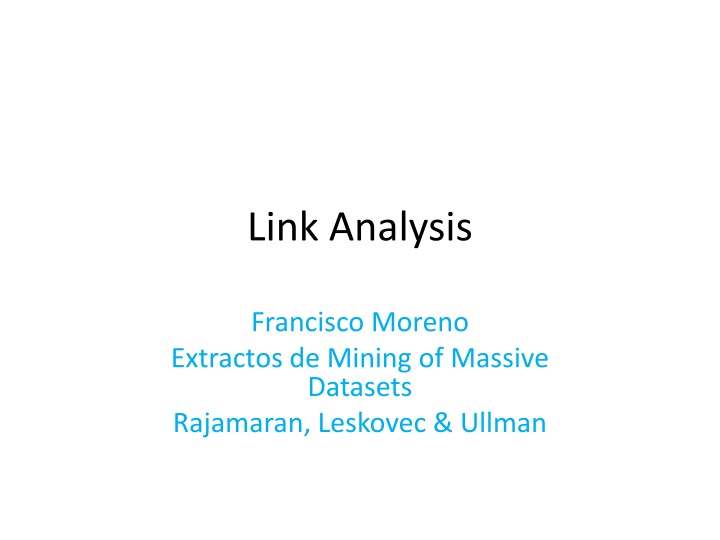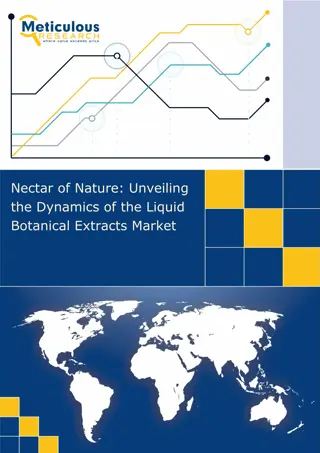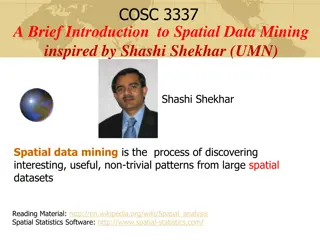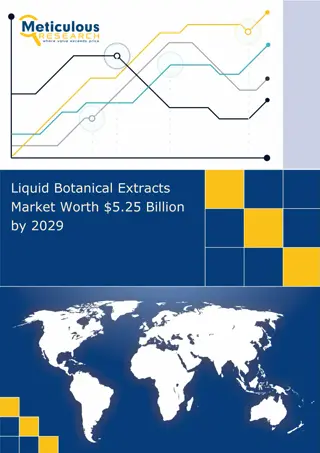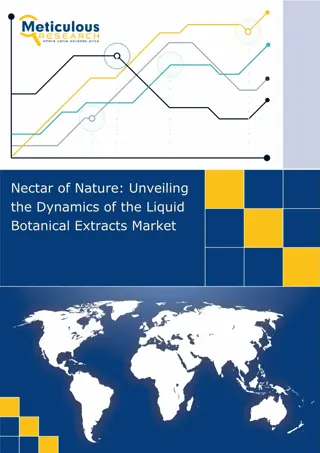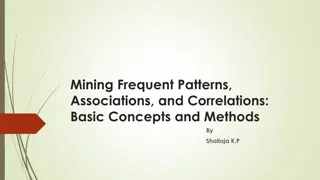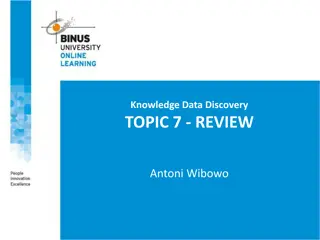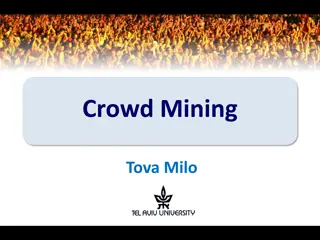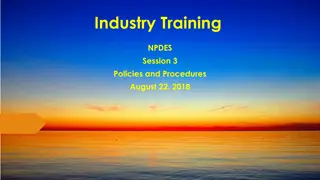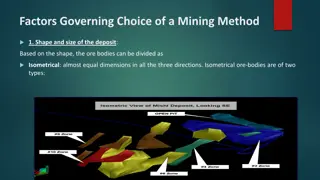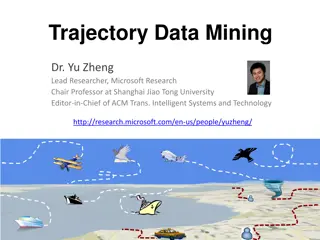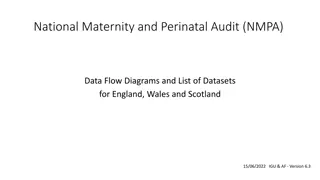Link Analysis in Mining of Massive Datasets - Francisco Moreno Extracts
One of the significant changes in the last decade was efficient web search through search engines like Google. Learn about the evolution of search engines, the introduction of PageRank, challenges with link spam, and the importance of PageRank for evaluating web page significance.
Download Presentation

Please find below an Image/Link to download the presentation.
The content on the website is provided AS IS for your information and personal use only. It may not be sold, licensed, or shared on other websites without obtaining consent from the author.If you encounter any issues during the download, it is possible that the publisher has removed the file from their server.
You are allowed to download the files provided on this website for personal or commercial use, subject to the condition that they are used lawfully. All files are the property of their respective owners.
The content on the website is provided AS IS for your information and personal use only. It may not be sold, licensed, or shared on other websites without obtaining consent from the author.
E N D
Presentation Transcript
Link Analysis Francisco Moreno Extractos de Mining of Massive Datasets Rajamaran, Leskovec & Ullman
Introduction One of the biggest changes in our lives in the decade following the turn of the century was the availability of efficient and accurate Web search, through search engines such as Google.
While Google was not the first search engine, it was the first able to defeat the spammers who had made search almost useless. The innovation provided by Google was a nontrivial technological advance, called PageRank.
When PageRank was established as an essential technique for a search engine, spammers invented ways to manipulate the PageRank of a Web page, often called link spam That development led to the response of TrustRank and other techniques for preventing spammers from attacking PageRank.
PageRank is a tool for evaluating the importance of Web pages in a way that it is not easy to fool But first a portion of the history of search engines to motivate the definition of PageRank
There were many search engines before Google. They worked by crawling the Web and listing the terms (discarding stopwords) found in each page, in an inverted index. An inverted index is a data structure that makes it easy, given a term, to find (pointers to) all the places where that term occurs.
Inverted index: Example Discarded
When a search query (list of terms) was issued, the pages with those terms were extracted from the inverted index and ranked in a way that reflected the use of the terms within the page considering: In the header of the page In the ordinary text, numbers of occurrences of the term
As people began to use search engines to find their way around the Web, unethical people saw the opportunity to fool search engines into leading people to their page.
Thus, you could add a term like movie to your page, and do it thousands of times, so a search engine would think you were a very important page about movies. When a user issued a search query with the term movie, the search engine would list your page among the first ones!
And if simply adding movie to your page did not do the trick, you could go to the search engine, pose the query movie, and see what page did come back as the first choice. Then, copy that page into your own, using the background color to make it invisible.
Techniques for fooling search engines into believing your page is about something it is not, are called term spam To combat term spam, Google introduced two innovations:
1. PageRank was used to simulate where Web surfers, starting at a random page, would tend to congregate if they followed randomly chosen outlinks from the page at which they were currently located, and this process were allowed to iterate many times.
2. The content of a page was judged not only by the terms appearing on that page, but by the terms used in or near the links to that page. Note that while it is easy for a spammer to add false terms to his page, he cannot as easily get false terms added to the pages that link to their own page (if they do not control those pages).
These two techniques together make it very hard to fool Google: While you can still add movie to your page, the fact that Google believed what other pages say about you, over what you say about yourself would negate the use of false terms.
The obvious countermeasure for you is to create many pages, and link them to the page with a link that says movie. But those pages would not be given much importance by PageRank, since other pages would not link to them.
You could create many links among your own pages, but none of these pages would get much importance according to the PageRank algorithm, and therefore, you still would not be able to fool Google into thinking your page was about movies.
It is reasonable to ask why simulation of random surfers should allow us to approximate the intuitive notion of the importance of pages: Users tend to place links to pages they think are good or useful pages to look at Users are more likely to visit useful pages than useless pages.
Definition of PageRank PageRank is a function that assigns a real number to each page in the Web The intent is that the higher the PageRank of a page, the more important it is. There have been several variations to the PageRank algorithm We present the basic PageRank algorithm
Think of the Web as a directed graph, where pages are the nodes, and there is an arc from page A to page B if there are one or more links from A to B.
Suppose a random surfer starts at page A. There are links to B, C, and D, so this surfer will next be at each of those pages with probability 1/3, and has zero probability of being at A. A random surfer at B has, at the next step, probability 1/2 of being at A, 1/2 of being at D, and 0 of being at B or C.
We can define the transition matrix M to describe what happens to random surfers after one step. M has n rows and columns, if there are n pages. The element mijin row i and column j has value 1/k if page j has k arcs out, and one of them is to page i. Otherwise, mij= 0
A B C D A B M C D
Suppose we start a random surfer at any of the n pages of the Web with equal probability. Then the initial vector v0will have 1/n for each component.
Then after one step, the distribution of the surfer will be Mv0, after two steps it will be M (Mv0) = M2v0, and so on. In general, multiplying the initial vector v0by M a total of x times will give us the distribution of the surfer after x steps.
This sort of behavior is an example of the ancient theory of Markov processes. It is known that the distribution of the surfer approaches a limiting distribution provided two conditions are met: The graph is strongly connected; that is, it is possible to get from any node to any other node. There are no dead ends: nodes that have no arcs out.
The limit is reached when multiplying the distribution by M another time does not change the distribution. In other terms, the limiting v is an eigenvec- tor of M, in fact, because M is stochastic, meaning that its columns each add up to 1, v is the principal eigenvector v tells us where the surfer is most likely to be after a long time.
We can compute the principal eigenvector of M by starting with the initial vector v0and multiplying by M some number of times, until the vector we get shows little change at each round. In practice, for the Web itself, 50 75 iterations are sufficient to converge to within the error limits of double-precision arithmetic.
Example Suppose we apply the process described above to the matrix M Since there are four nodes, the initial vector v0 has four components, each 1/4. The sequence of approximations to the limit that we get by multiplying at each step by M is
v0 v1 v2 v3
Notice that in this example, the probabilities for B, C, and D remain the same. It is easy to see that B and C must always have the same values at any iteration, because their rows in M are identical. Although the difference in probabilities is not great, in the real Web, with billions of nodes, the true probability of being at a node like www.amazon.com is orders of magnitude greater than the probability of typical nodes.
It would be nice if the Web were strongly connected. However, it is not, in practice. There is a large strongly connected component (SCC), but there are several other portions that are almost as large.
1. The in-component: pages that could reach the SCC by following links, but were not reachable from the SCC. 2. The out-component: pages reachable from the SCC but unable to reach the SCC. 3. Tendrils (zarcillos): which are of two types: - Pages reachable from the in-component but not able to reach the in-component. - Pages that can reach the out-component, but are not reachable from the out-component.
Several of these structures violate the assumptions needed for the Markov-process iteration to converge to a limit. For example, when a random surfer enters the out- component, they can never leave. As a result, surfers starting in either the SCC or in-component are going to wind up in either the out-component or a tendril off the in- component.
As a result, PageRank is usually modified to prevent such anomalies. There are really two problems we need to avoid: the dead end, a page that has no links out. groups of pages that all have outlinks but they never link to any other pages. These structures are called spider traps.
Avoiding Dead Ends In the following matrix we have modified our previous graph by removing the arc from C to A. Thus, C becomes a dead end. A B C D Dead end A B M C D
Here is the sequence of vectors that result by starting with the vector with each component 1/4, and repeatedly multiplying the vector by M v0 v1 v2 v3
As we see, the probability of a surfer being anywhere goes to zero!, as the number of steps increase. Two approaches to dealing with dead ends: We can drop the dead ends from the graph, and also drop their incoming arcs. Taxation See later.
E is a dead end, and when we remove it, and the arc entering from C, we find that C is now a dead end.
The matrix is: A B D A M B D
The sequence of vectors we get is v0 v1 v2 v3
We now know that the PageRank of A is 2/9, the PageRank of B is 4/9, and the PageRank of D is 3/9. We still need to compute PageRanks for C and E, and we do so in the order opposite to that in which they were deleted.
Since C was last to be deleted, we know all its predecessors have PageRanks computed. These predecessors are A and D. Page A has three successors, so it contributes 1/3 of its PageRank to C. Page D has two successors inFig. 5.4, so it contributes half its PageRank to C. Thus, the PageRank of C is (1/3)*(2/9) + (1/2)*(3/9)= 13/54.
Now we can compute the PageRank for E. That node has only one pre-decessor, C, and C has only one successor. Thus, the PageRank of E is the same as that of C. Note that the sums of the PageRanks exceed 1, and they no longer represent the distribution of a random surfer. Yet they do represent decent estimates of the relative importance of the pages
Spider traps and taxation A spider trap is a set of nodes with no dead ends but no arcs out. Consider the next graph where C points to itself. That is, C is a simple spider trap of one node. Note that in general spider traps can have many nodes: there are spider traps with millions! of nodes that spammers construct intentionally.
